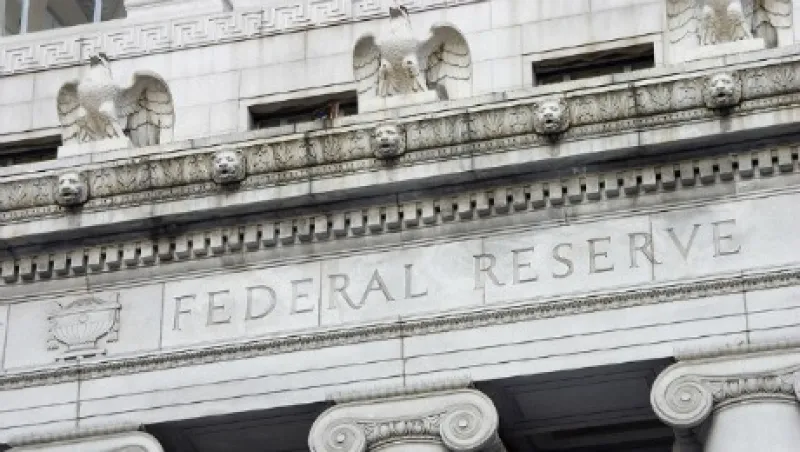When Federal Reserve policymakers last met in June, there was deep concern about the economic outlook and rising fears of an imminent downturn. Job growth in the U.S. had fallen precipitously in May. Furthermore, there was tension in the air over a number of political factors — not the least of which was the looming Brexit vote.
Against this backdrop the Federal Open Market Committee took a unanimously cautious approach and sent a strong signal they were in wait-and-see mode. The Fed’s prudent approach appears to have been justified, as the U.K.’s decision to leave the European Union set off global market gyrations and tightened financial conditions — literally overnight.
Boy, what a difference a month makes! As the Fed concludes its two-day confab today (July 27), the economic landscape could hardly be more different. In recent weeks the economy has demonstrated its resilience, driven by confident consumers and the housing market. Job growth recovered nicely after May’s disastrous report. At the same time, some measures of core inflation continue to drift higher and have actually been above the Fed’s 2 percent objective for several months now. Even markets have recovered well from the Brexit turmoil. As we expected, they have begun to price in greater probabilities of Fed policy action in 2016.
With a more solid outlook for the economy and markets, what will drive the Fed’s decisions about interest rates through the rest of this year? There are two critical questions for the FOMC as it considers how to adjust monetary policy:
How fast is core inflation rising? The core consumer price index recently climbed to 2.3 percent — topping the Fed’s target. Meanwhile, the Fed’s preferred inflation measure, core personal consumption expenditure, is also rising but has languished below 2 percent for more than four years. The pace of core inflation will be a key factor for the Fed. A steep jump in core PCE would likely trigger rate action sooner than a gradual, plodding increase.
How much overshoot of the 2 percent target is the Fed willing to tolerate? The FOMC has clearly expressed a readiness to allow some overshoot of its inflation objective in order to ensure labor markets have no remaining slack. Right now core CPI is less than half a percentage point above the FOMC’s target. How much more inflation will policymakers tolerate? One and a half percentage points? Two percentage points? The answer remains unclear. Investors should listen for comments by key players such as New York Fed President and FOMC Vice Chair William Dudley and Fed Chair Janet Yellen as well as key swing voters, such as St. Louis Fed President James Bullard.
So what does this mean for U.S. monetary policy in 2016?
A rate hike is very much on the table in September. As long as incoming economic data continues to portray solid growth, employment and inflation, policy action at that month’s meeting will be a real possibility. By the time the Fed convenes for the Kansas City Fed’s Jackson Hole symposium in late August, policymakers will have a fresh set of inflation, consumer spending and employment data to consider. There will be ample opportunity for them to signal their stance there. Yet although a rate hike will be discussed, the Fed will not pull the trigger at September’s conference.
In our view at Macro Insight Group, the FOMC will prefer to wait to act until after a major risk event: the U.S. presidential election. If the U.K.’s Brexit vote was sufficient to make the Fed hit the pause button in June, the uncertainty hanging over what happens in the polling booth come November could have policymakers pulling the emergency brake.
Shehriyar Antia is the founder and chief market strategist at Macro Insight Group, an investment strategy firm based in New York. Prior to founding MIG, he worked on quantitative easing programs and monetary policy as a senior market analyst at the Federal Reserve Bank of New York.
Get more on macro.






